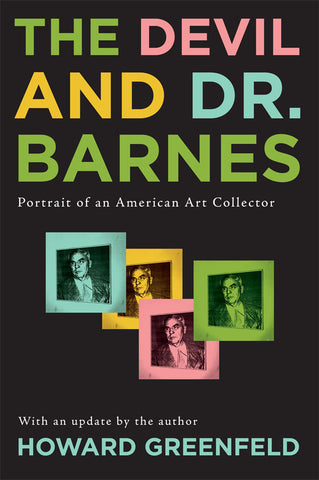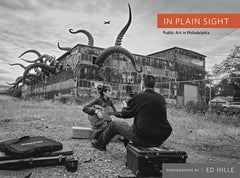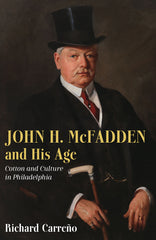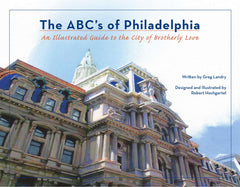The Devil and Dr. Barnes: Portrait of an American Art Collector
Albert Coombs Barnes, one of the most eccentric, controversial figures of the early twentieth-century art world, springs vividly from the pages of Howard Greenfeld’s superb biography. The Devil and Dr. Barnes traces the near-mythical journey of a man who was born into poverty, amassed a fortune through the promotion of a popular medicine and acquired the premier private collection of works by such masters as Renoir, Matisse, Cézanne and Picasso.
Ostentatiously turning his back on the art establishment, Barnes challenged the aesthetic sensibilities of an uninitiated, often resistant and scoffing, American audience. In particular, he championed Matisse, Soutine and Modigliani when they were obscure or in difficult straits. Analyzing what he saw as the formal relationships underlying all art, linking the old and the new, Barnes applied these principles in a rigorous course of study offered at his Merion foundation.
Barnes’s own mordant words, culled from the copious printed record, animate the narrative throughout, as do accounts of his associations with notables of the era—Gertrude and Leo Stein, Bertrand Russell and John Dewey among them—many of whom he alienated with his appetite for passionate, public feuds. In this rounded portrait, Albert Barnes emerges as a complex, flawed man, who—blessed with an astute eye for greatness—has left us an incomparable treasure, gathered in one place and unforgettable to all who have seen it.
About the Author
Howard Greenfeld’s writings include biographies of Puccini, Caruso and Ben Shahn, as well as introductions to the works of Picasso and Chagall.






